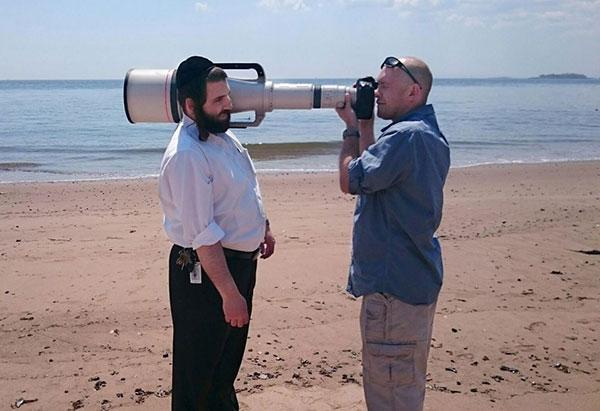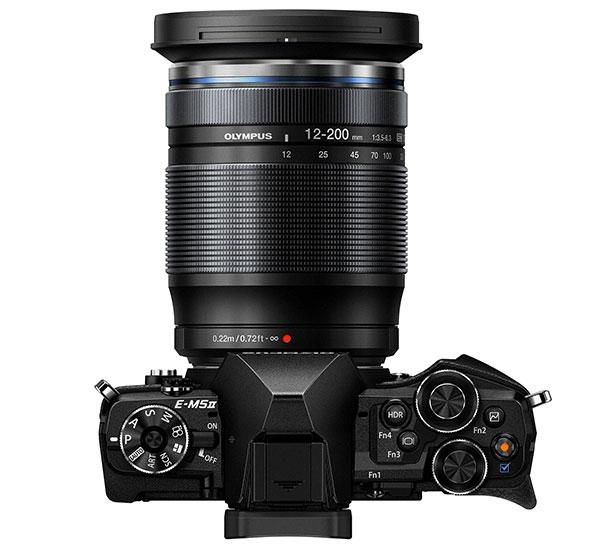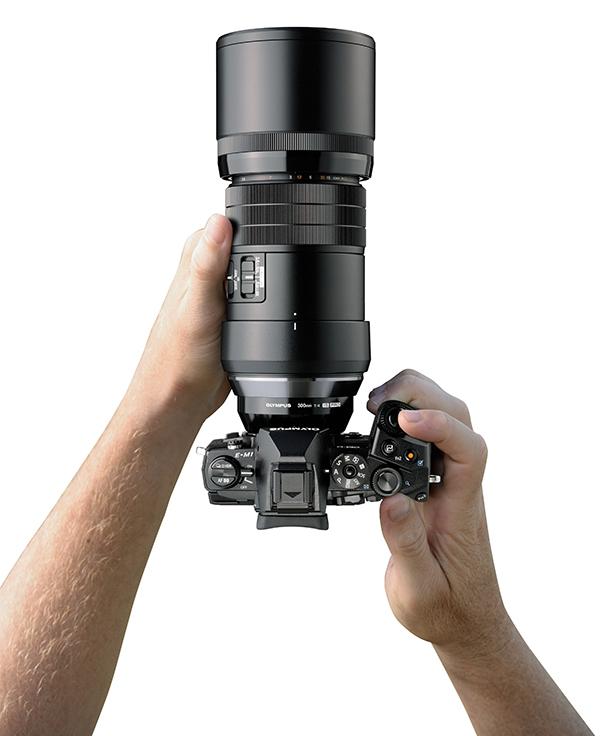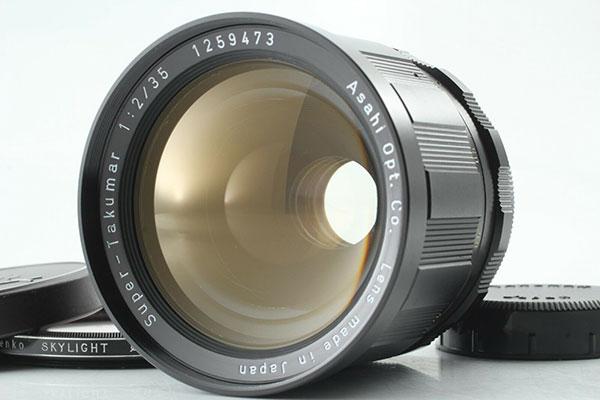Lens News
Sort By: Post DateTitle Publish Date
|
Dec 13, 2024 |
|
Oct 01, 2020 |
|
Dec 01, 2009 |
|
Aug 01, 2010 |
|
Aug 01, 2010 |
|
May 27, 2015 |
|
Apr 04, 2019 |
|
Feb 07, 2023 |
First Published: Feb 08, 2023 |
|
Feb 13, 2019 |
|
Jan 05, 2016 |
|
May 12, 2015 |
|
Sep 19, 2016 |
|
Sep 14, 2014 |
|
Aug 01, 2006 |
















